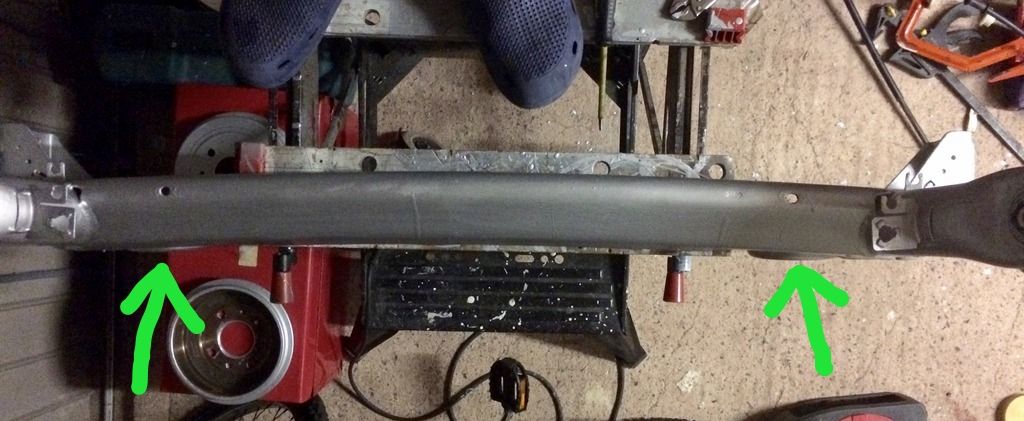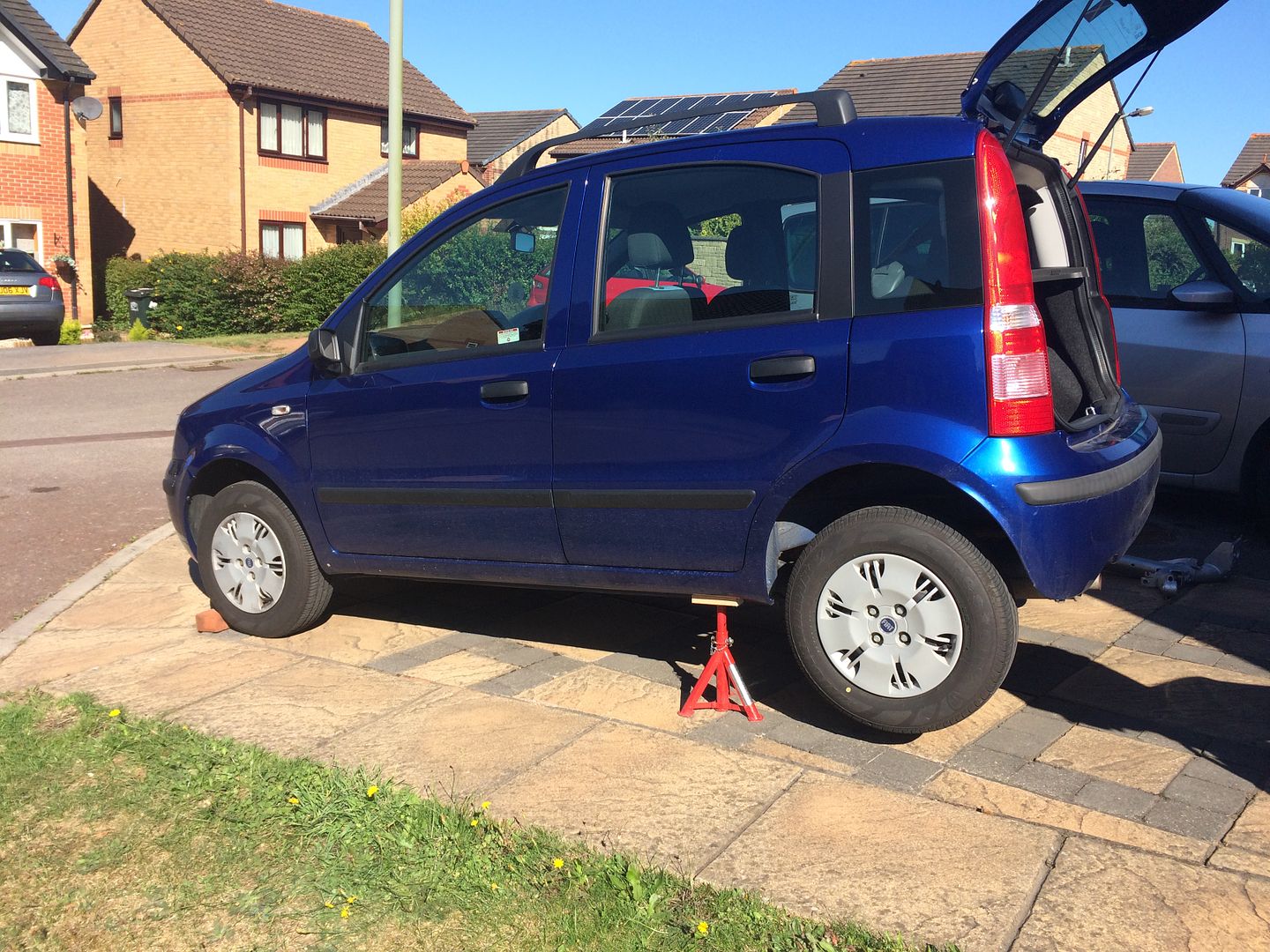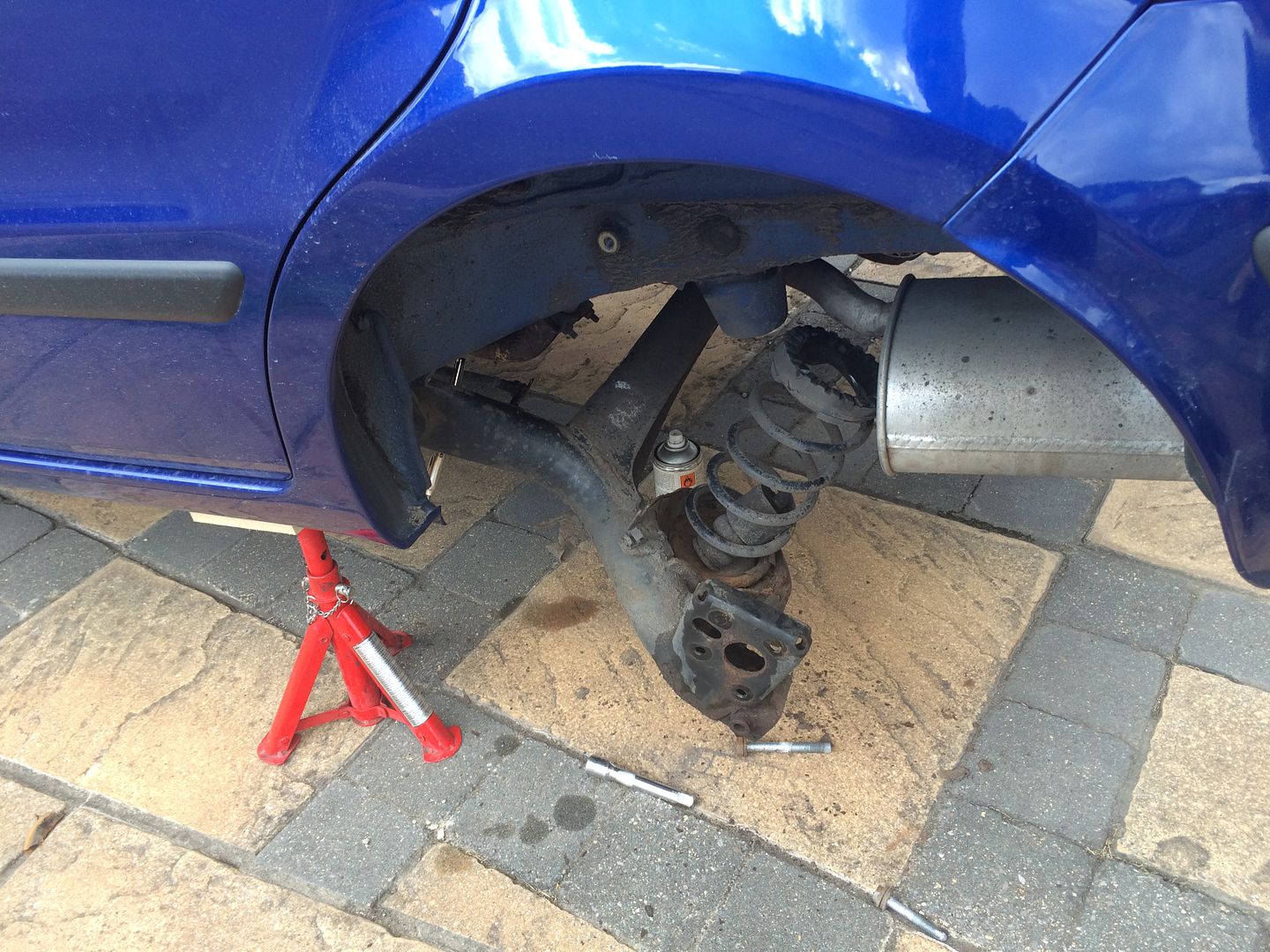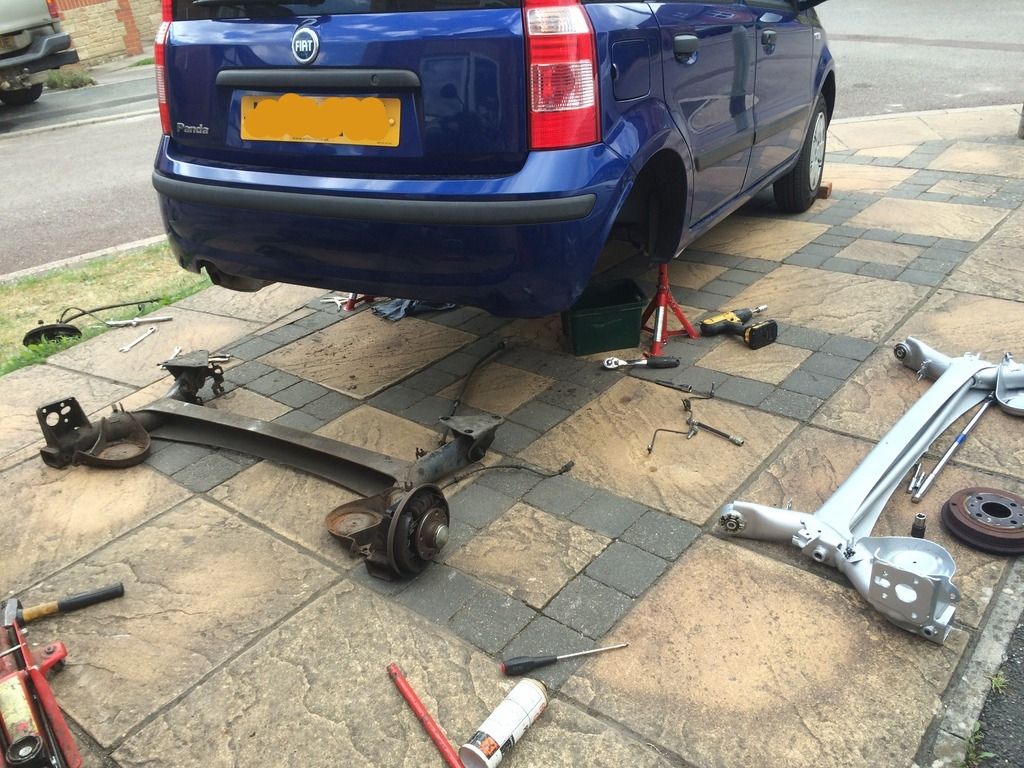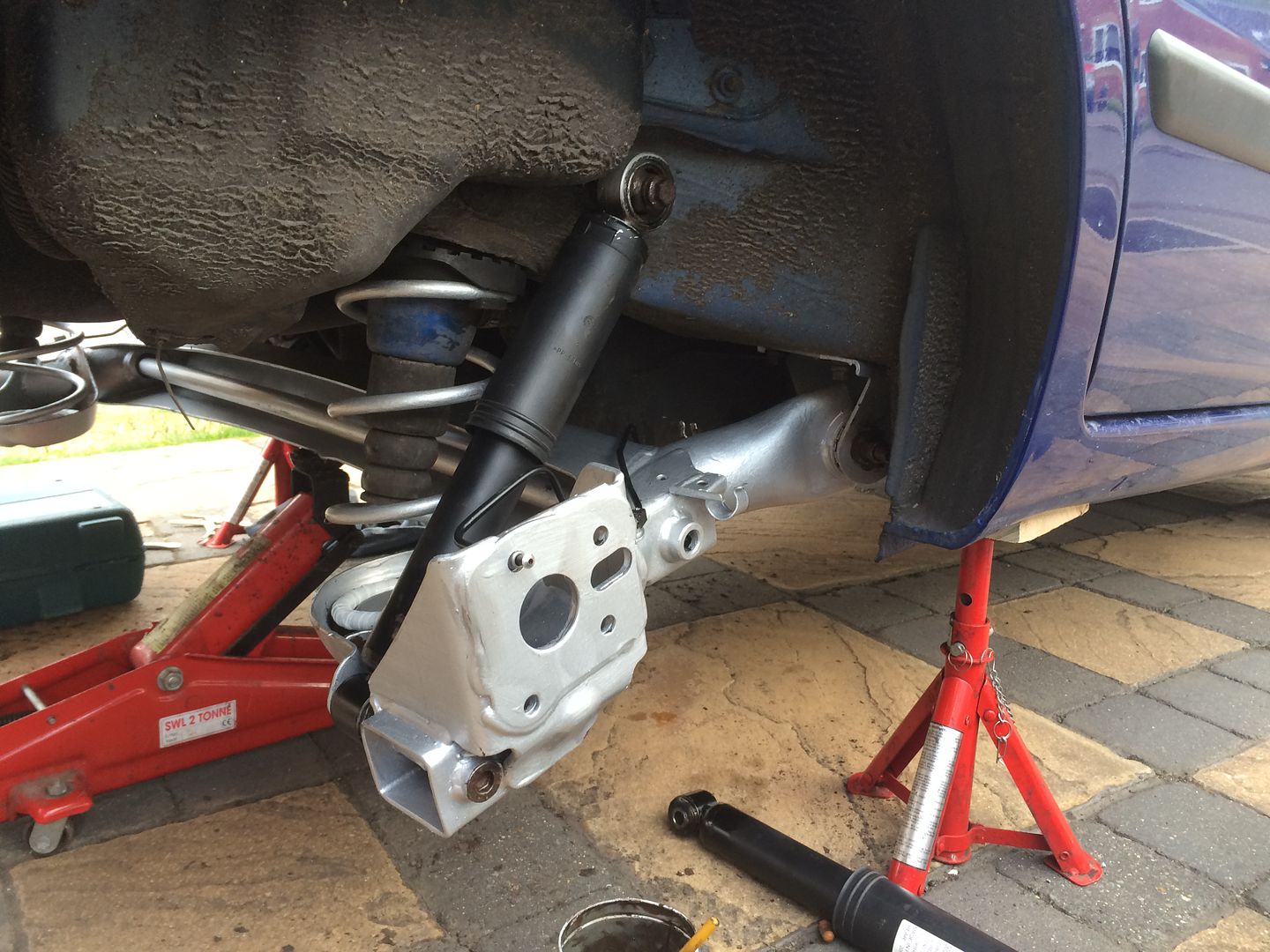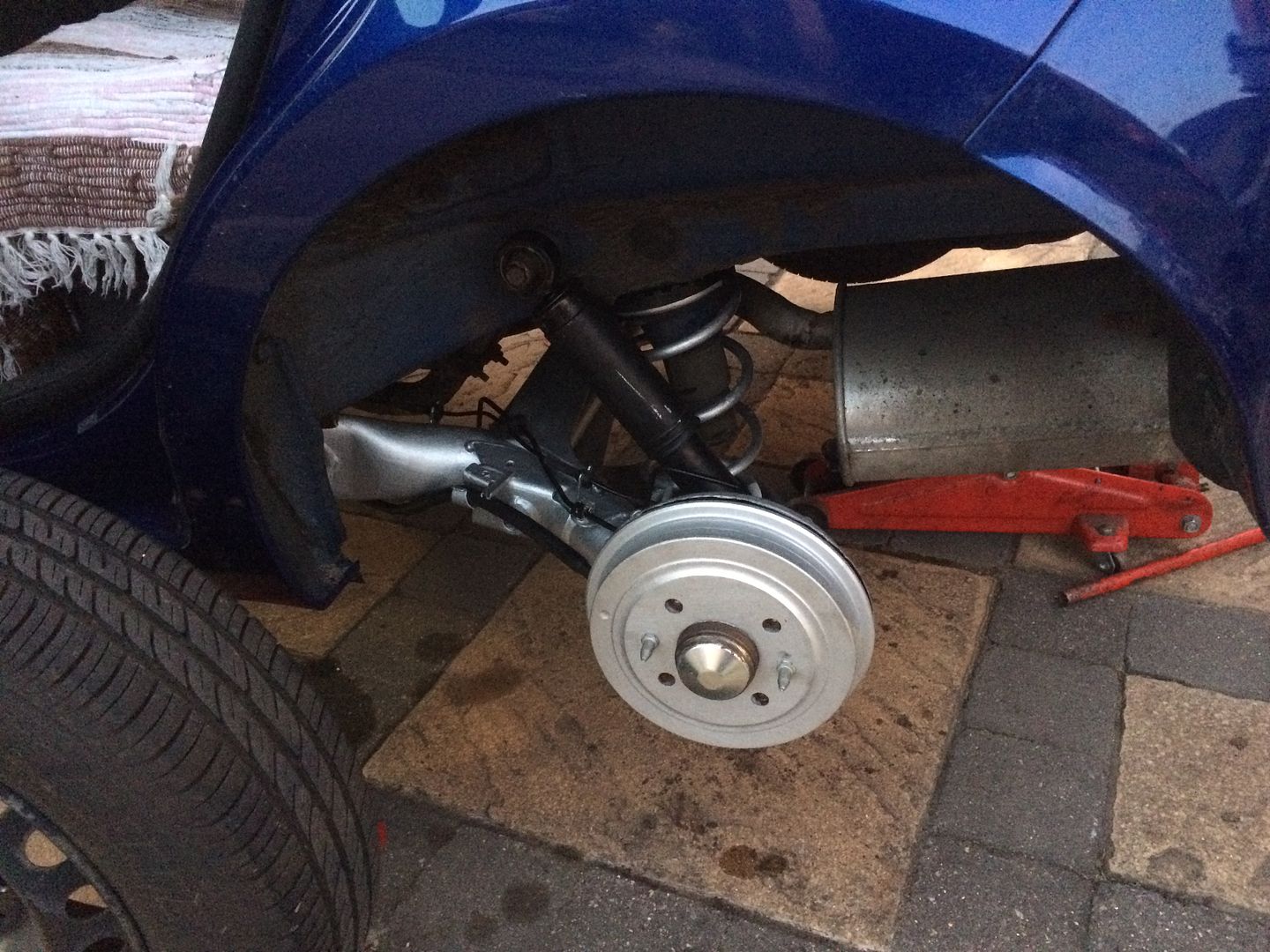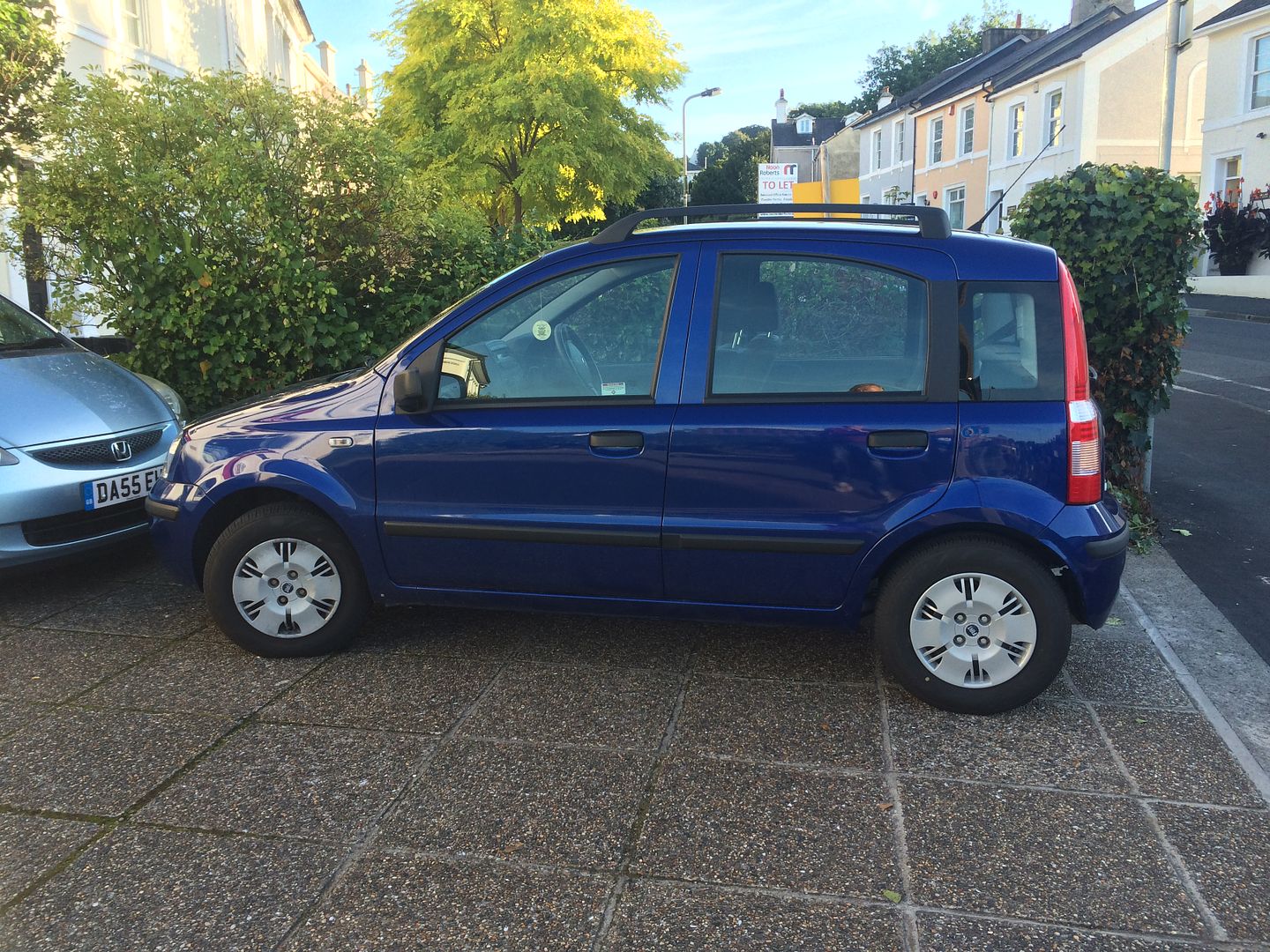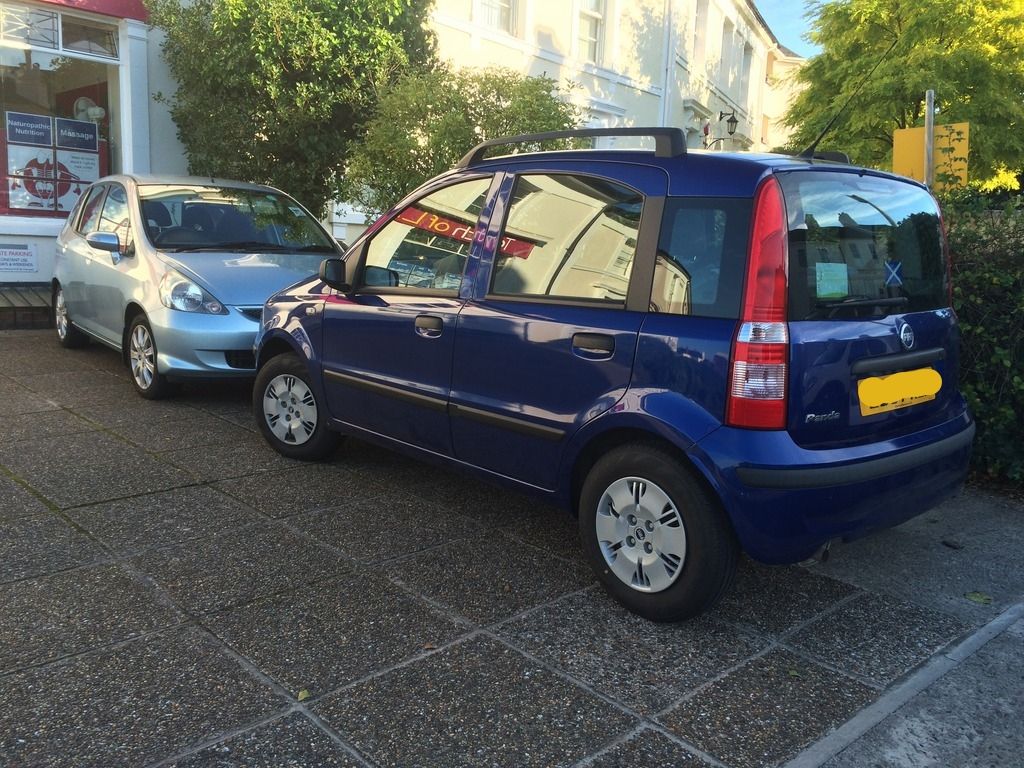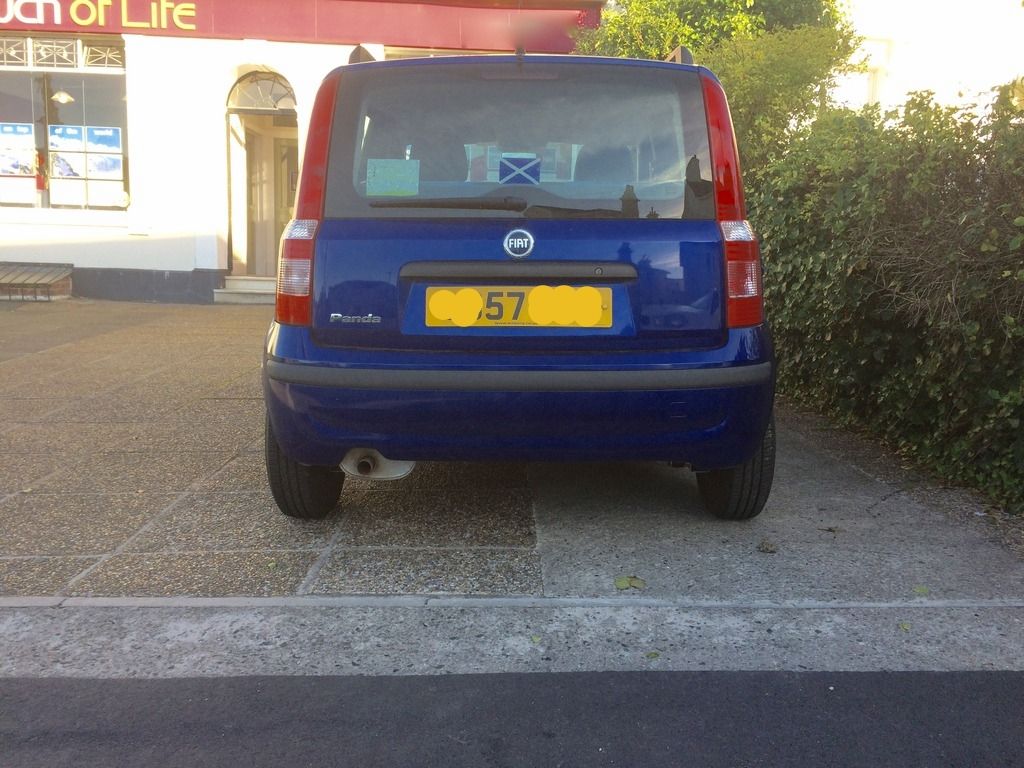- Joined
- Sep 14, 2009
- Messages
- 19,492
- Points
- 3,294
I get that but the 500 axle was made when the 169 Panda was still in full production meaning they had to make both and double stock some very large items.
The hub bearing stub axle is a separate casting with a decidedly odd shape. A wider version would have allowed the original Panda axle to suit all cars.
The hub bearing stub axle is a separate casting with a decidedly odd shape. A wider version would have allowed the original Panda axle to suit all cars.


